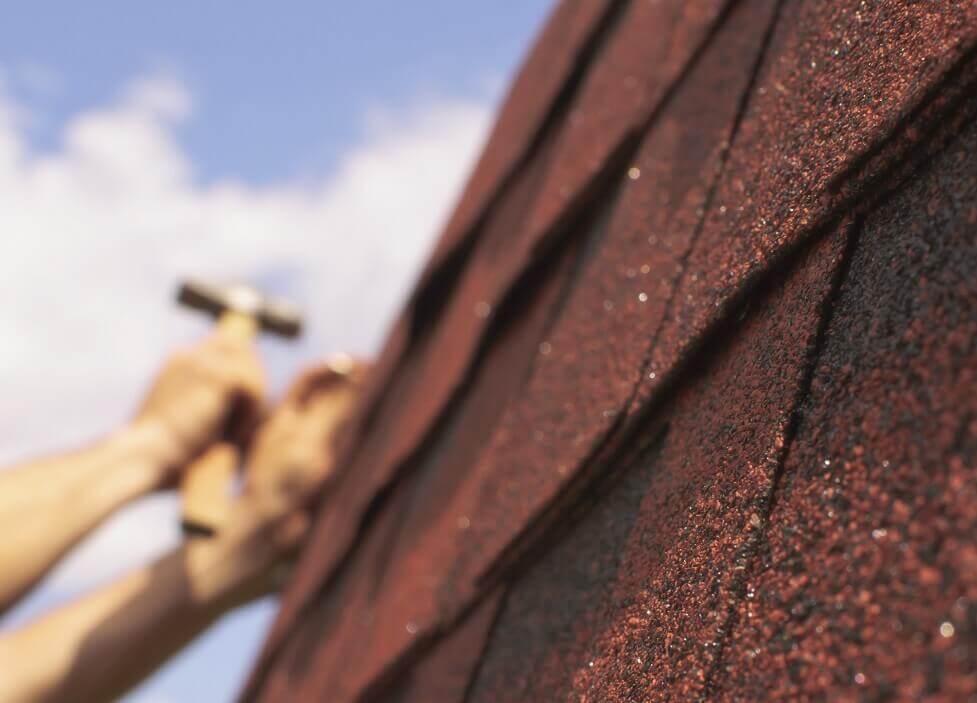Yes, signs of spring are popping up all over, and so are the reminders that winter is still upon us. “The Ides of March” have been words of foreboding for centuries, and we do well to approach the middle of the month with the same caution…especially when it comes to our roofs.
Be wary of winter weather when it comes to your roof. All kinds of damage might have happened during the earlier part of the winter, and the time to get any problems fixed is now, as much as you want to wait for warmer, drier days.
Here are just a few of the parts of your roofing setup that might be damaged—and dangerous—and therefore in need of repair sooner rather than later:
Gutters can get clogged or damaged
Clogged gutters can lead to all kinds of issues beyond just the annoying overflow that dumps water on your head as you walk out your back door. When gutters aren’t free flowing, water sits, stagnates and can lead to damage to those gutters, such as rust and decay. That water can also end up backing up into the house or dripping onto the siding, depending on how your gutters are attached, to do water damage. Oh, and mosquitoes are all too happy to use your stagnate water for laying eggs.
When doing your inspection, also make sure the gutters are still at the correct pitch to ensure the water flows out. Branches knocking against the house or ill-placed ladders used to hang Christmas lights can bend gutters, disrupting the intended flow.
Shingles can get loose
Loose shingles might seem to be annoying only, noisily flapping when it’s windy. But they are a threat to the integrity of your roof. Consider why they are there in the first place: to keep rain out. As someone who has had to rebuild one third of a house that was almost ruined by water damage, I can’t emphasize enough how important it is to keep even the tiniest bit of water from gaining access to anywhere it shouldn’t be! And loose shingles can easily become missing shingles once another windstorm blows in!
Flashing can become loose around skylights, vents and chimneys
Water can get into even the tiniest opening—and will! Water wants only to flow downward. If rain is pounding upon the roof and there’s a tiny opening that water can seep through, trust me, it will! And even just a little water can do a lot of damage. Check the flashing around anything that protrudes from your roof, to make sure water is being kept out. And look for loose flashing elsewhere too. Flashing usually has a reason for being wherever it was installed. Make sure it stays put!
Why not wait until spring?
Sure, we’d all rather wait for better weather before tackling any roof repairs—but we shouldn’t. That’s because anything that’s even just a wee bit damaged will likely get worse as the weather continues. A loose shingle can become a flyaway shingle in a strong wind. A crack in the seal around a skylight can let in a little bit of water that can do a whole lot of damage. A clogged (or loose) gutter can let excess rainfall end up somewhere it shouldn’t be. Yes, waiting would be nicer, but it’s never too soon to keep your roof safe from weather damage!

